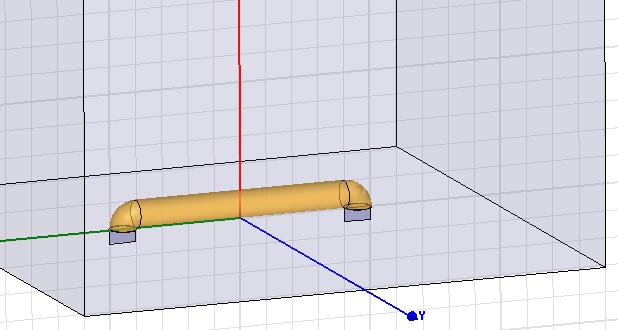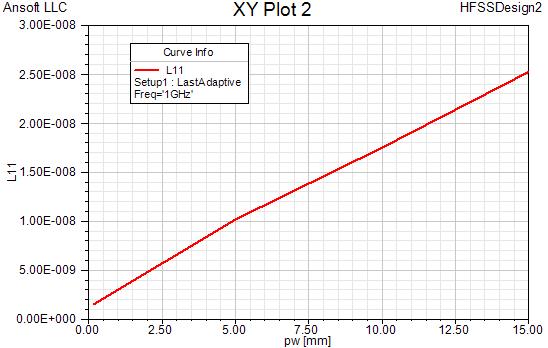Julian18
Full Member level 3
Hi there:
I am sorry if this is a repeat of a common question, but I can find a way to simulate a simple straight line inductor that the results generated can be verified by empirical formula. the model is shown below and also attached to this topic.

to be more specific, I use a PEC line with length=8mm & radius=0.5mm, the well known formula for straight line inductor is
One the other hand, the simulation of HFSS model gives inductance of 2.57nH, which i think must be wrong.So the question is How to set HFSS model appropriately to get the right inductance?
Thanks
attachment is the HFSS model file.
I am sorry if this is a repeat of a common question, but I can find a way to simulate a simple straight line inductor that the results generated can be verified by empirical formula. the model is shown below and also attached to this topic.

to be more specific, I use a PEC line with length=8mm & radius=0.5mm, the well known formula for straight line inductor is
ind(nH)=2*length*ln(2*radius/length-0.75)*10^(-7)
which in this case gives inductance of 4.34nH;One the other hand, the simulation of HFSS model gives inductance of 2.57nH, which i think must be wrong.So the question is How to set HFSS model appropriately to get the right inductance?
Thanks
attachment is the HFSS model file.
